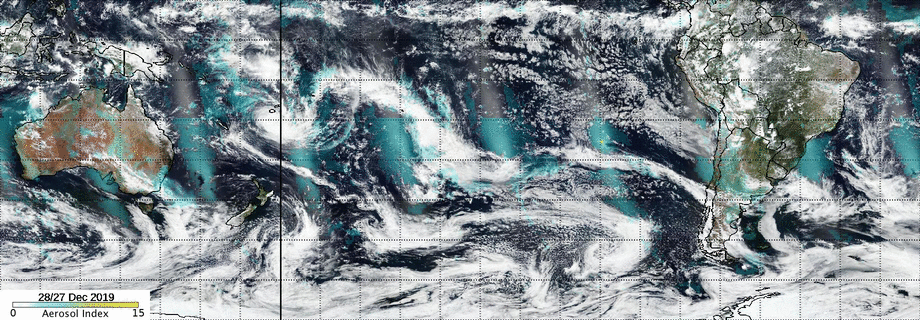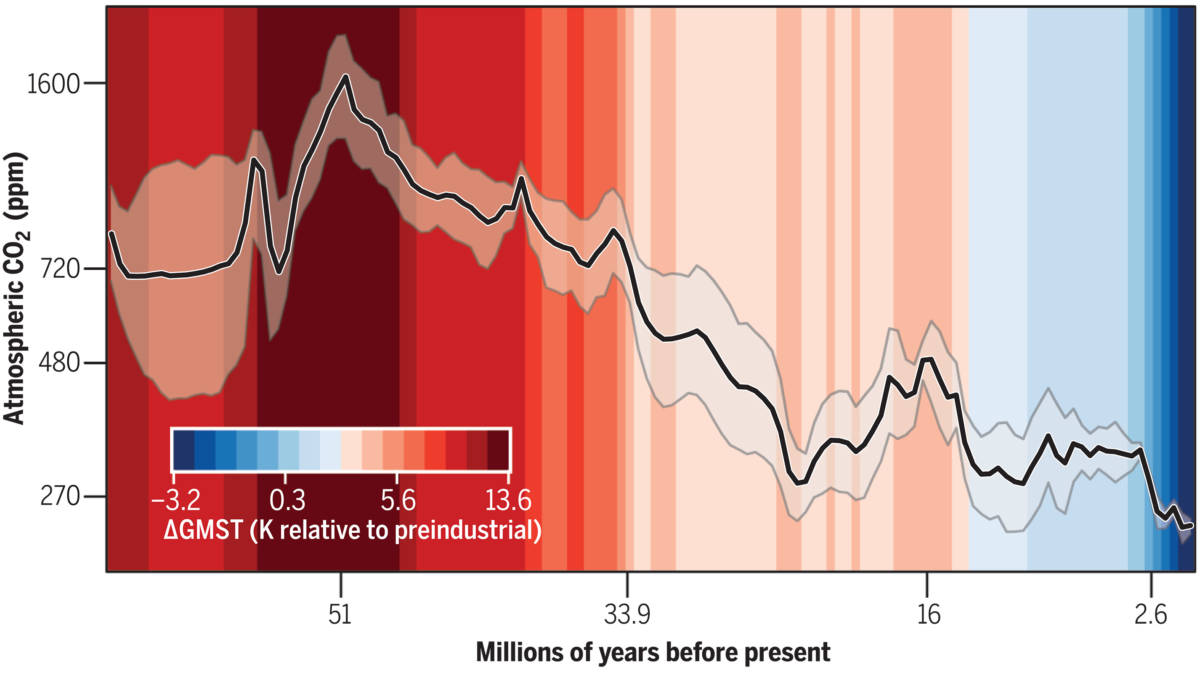Australia fire smoke will complete a full circuit of Earth, NASA says

14 January 2020 (BBC News) – Smoke from the massive bushfires in Australia will soon circle the Earth back to the nation, says NASA.
Massive infernos have raged along the nation’s east coast for months, pushing smoke across the Pacific.
NASA said plumes from blazes around New Year’s Day had crossed South America, turning skies there hazy, and moved “halfway around Earth” by 8 January 2020.
“The smoke is expected to make at least one full circuit around the globe,” the US space agency said.
Hundreds of bushfires have burnt across Australia, killing at least 28 people and destroying more than 2,000 homes.
The unprecedented scale and intensity of the fires has been exacerbated by climate change, experts say.
How has the smoke travelled around the world?
Nasa said recent blazes had been so big they had produced an “unusually large” number of pyrocumulonimbus events – or fire-generated thunderstorms.
These had sent smoke soaring into the stratosphere, with some recorded as high as 17.7km (11 miles).
“Once in the stratosphere, the smoke can travel thousands of miles from its source, affecting atmospheric conditions globally,” NASA said. [more]
Australia fires: Smoke to make ‘full circuit’ around globe, Nasa says


